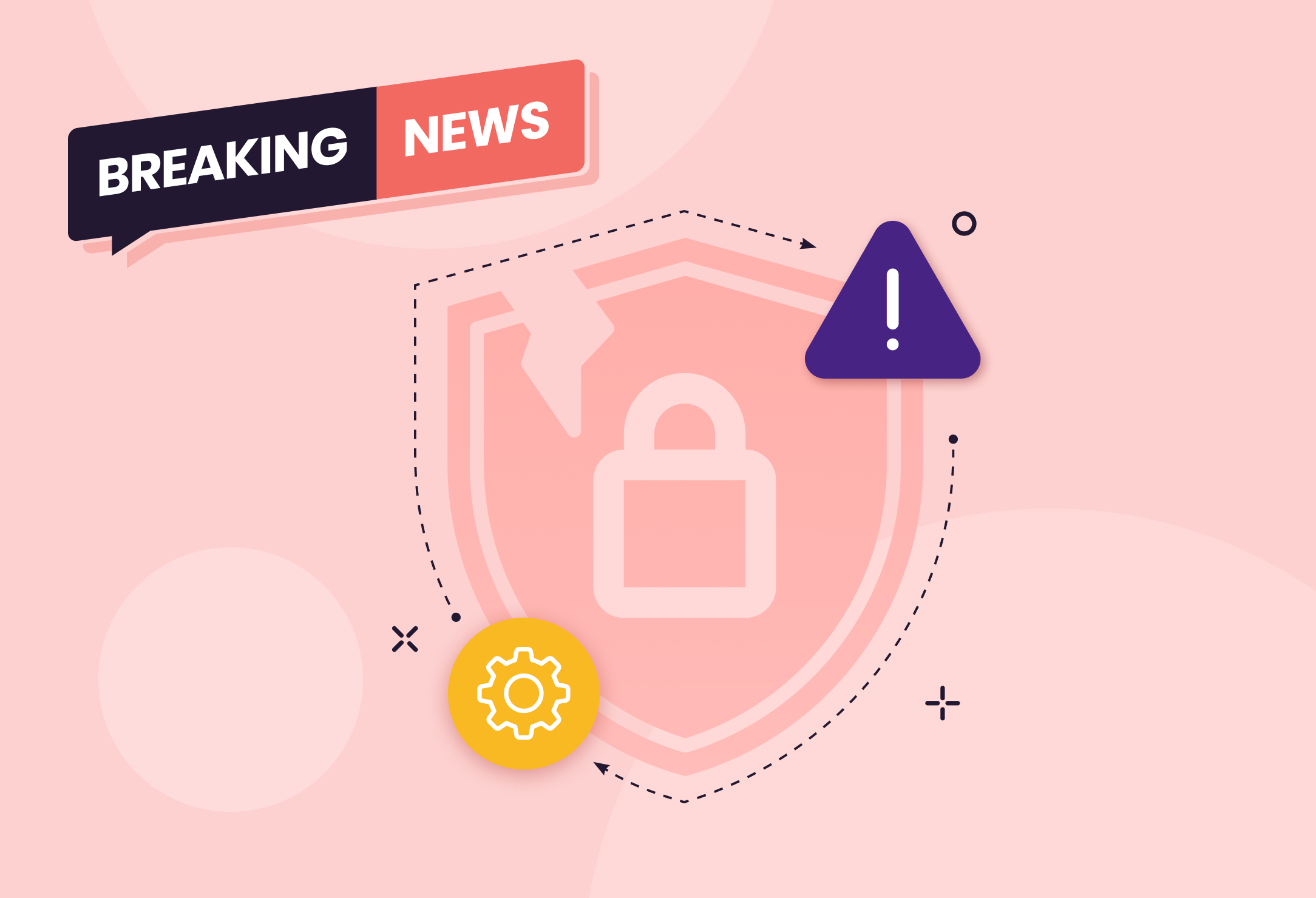According to Gartner, 99% of cloud security breaches in the next three years will be caused by preventable misconfigurations and coding mistakes. That’s why your company probably has, over the past few years, been installing vulnerability-detection tools with abandon. But that may be a problem: You may now have a security architecture in which alert overload and alert fatigue are the norm.
Perhaps you were so worried that you might miss some control gap in your cloud-based or hybrid network infrastructure that you deployed an assortment of detection tools whose defenses overlap. If so, then a single event might trigger hundreds, or even thousands, of alerts from many different tools—with none of them offering adequate context on the cause of the alert or the issues that matter to your business.
You’re responsible for responding to these alerts, but that means facing a torrent of information every day and spending a significant amount of your time simply triaging threats. This reduces your bandwidth to tackle bigger-picture questions of network and security strategy. It also creates inefficiencies in threat detection and response that can actually extend mean time to repair (MTTR), rather than shrink it.
For companies stuck in alert overload, three key challenges tend to reduce effectiveness and extend MTTR:
1. Processes to uncover root causes are slow and manual.
When you are inundated with alerts, correlating those alerts with one another requires a great deal of manual effort, which necessarily slows down your response. So does spending time trying to understand which alerts are false positives. For example, a backlog of thousands of alerts may all derive from a single root cause, and fixing that root-cause issue may solve the entire problem. However, if you have to analyze each alert individually to determine whether it is a false positive and what root causes underlie it, reaching these conclusions can be tedious and slow—and that’s before you even begin to come up with a solution. This environment can substantially increase MTTR and reduce your company’s ability to defend itself against emerging threats.
2. You may not e able to effectively prioritize threats.
If you’re trying to triage a huge number of alerts every day, you may not make good decisions around prioritizing risk mitigation. The sheer volume of information you must wade through candramatically reduce visibility into the actual underlying problems, so the most important issues may not end up at the top of the list of fixes that you hand off to dev.
3. You don’t know who is responsible for what code.
The speed and agility of cloud container technologies enable software development teams to spin up applications faster than ever before. This is great for organizational agility and for meeting customer needs as quickly as possible. It is not great for threat remediation, as your security team may lack visibility into which developer made what change to the code base when an application was developed or updated. In fact, some internally built tools may have capabilities that you don’t even know about. When a threat is hovering over the corporate environment, the last thing you need to be spending time on is tracking down which developer is responsible for the affected code.
How the Dazz Remediation Cloud can help
Dazz Remediation Cloud can help solve all three of these challenges. Dazz automatically discovers and maps your code lifecycle from development through production, identifying code owners by connecting to your source code. It deduplicates and aggregates alerts from across your various security tools, automatically mapping all your alerts to alert groups. Then, its unique root-cause analysis engine mines those groups for situational context, tying each group of alerts to your systems’ specific vulnerabilities and misconfigurations.
Not only that, but the Dazz root-cause analysis engine automatically prioritizes the root causes for remediation according to the level of risk that the associated vulnerability or misconfiguration poses to your organization. And Dazz accelerates MTTR by passing recommended fixes on to the appropriate developers.
By pairing proprietary analytics capabilities with intensive and automated deduplication, Dazz Remediation Cloud dramatically reduces the level of noise coming out of your cloud security solutions, streamlining your visibility into security vulnerabilities and accelerating your dev team’s fixes of detected bugs and platform misconfigurations across the entire software development lifecycle. This can ratchet up productivity for both your security and development teams. To learn more, download this white paper.






